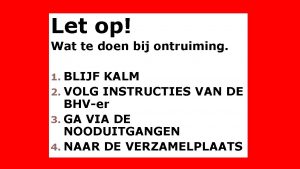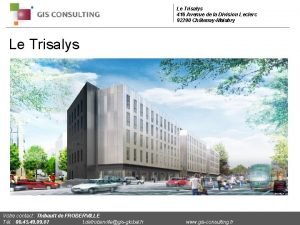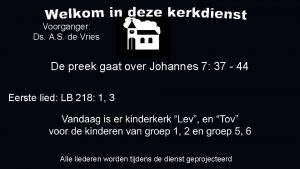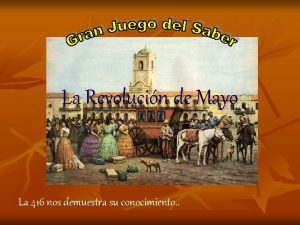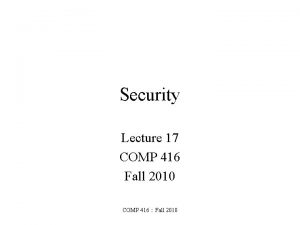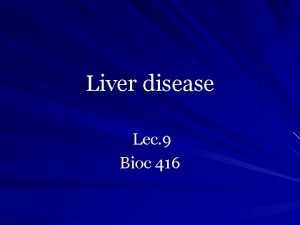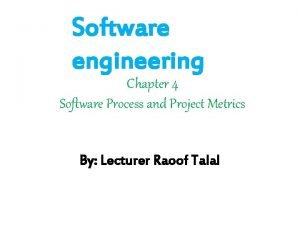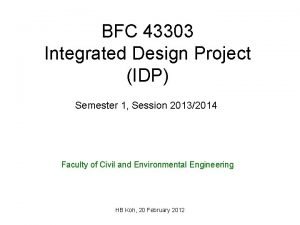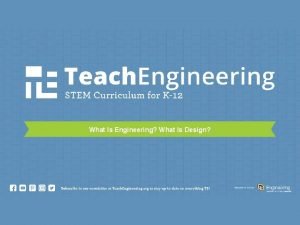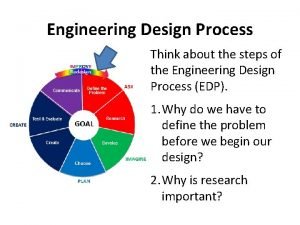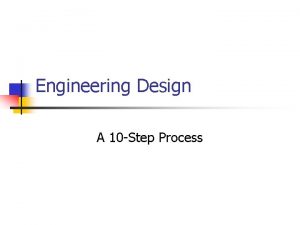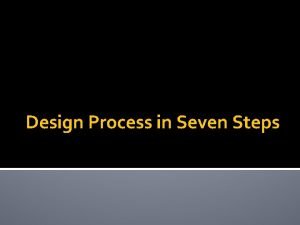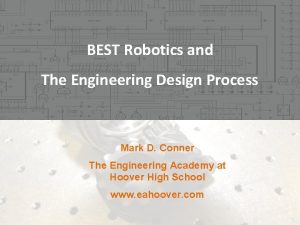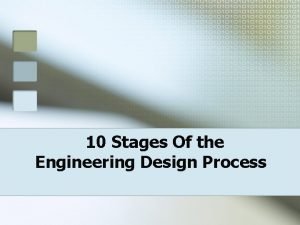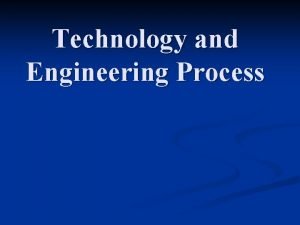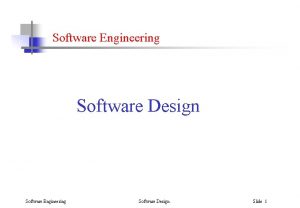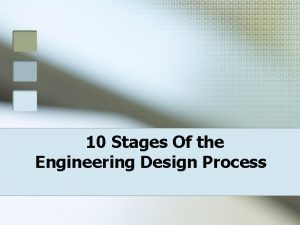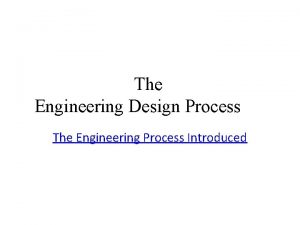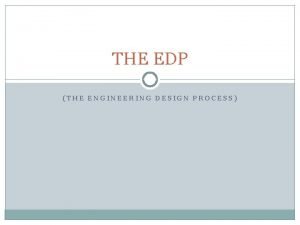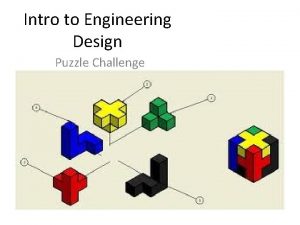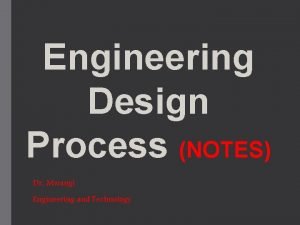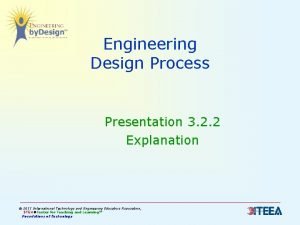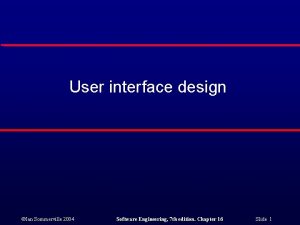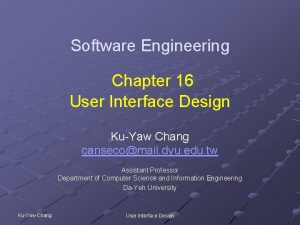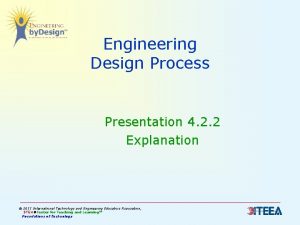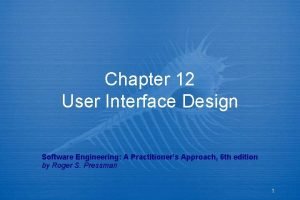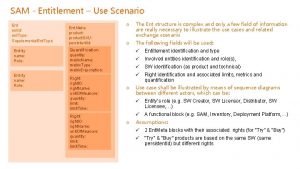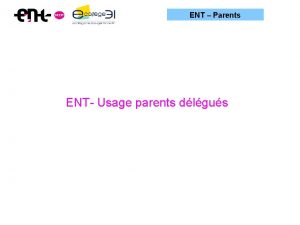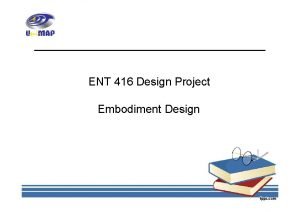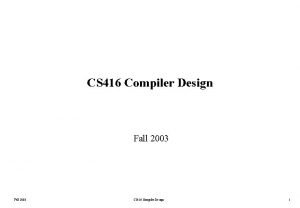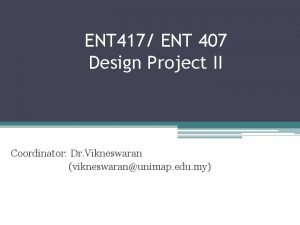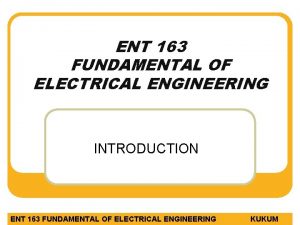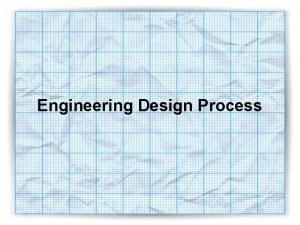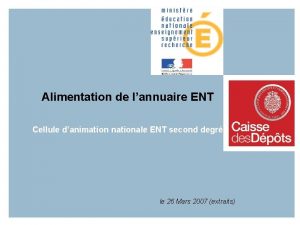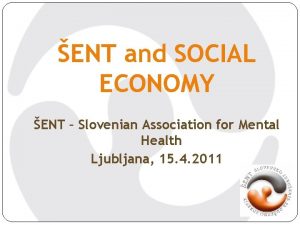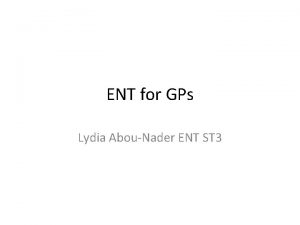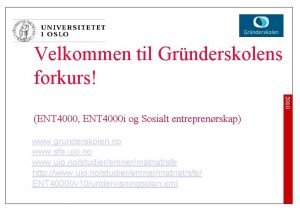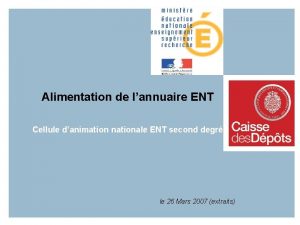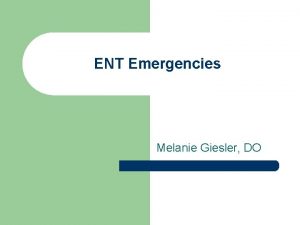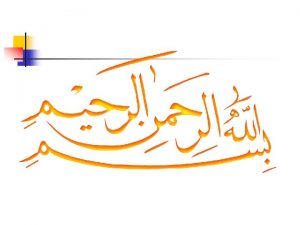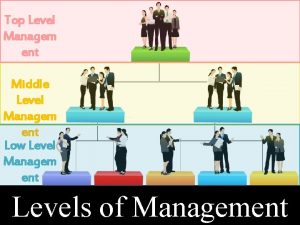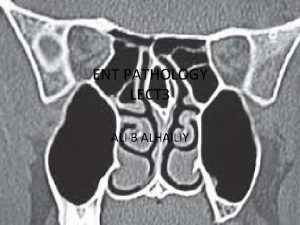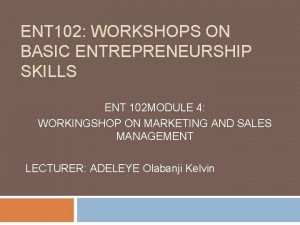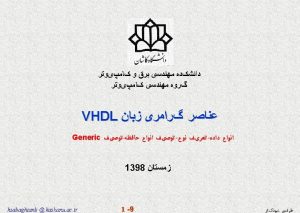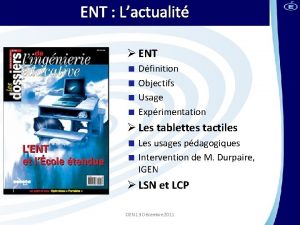ENT 416 Design Project 1 Engineering Design Process































- Slides: 31

ENT 416 Design Project 1 Engineering Design Process

Engineering Design Process? ? ?

Design ? ?

Design? • Verb: - invent, intend, devise - to conceive or to form a plan for • Noun: - drawing, arrangement, pattern, plan, art of making designs

Basic but Essential Questions Who? What? Where? When? Why? How? Their Job? Well, yes, but also……. . Your Job

Content • • Product Development and Product Planning Design Philosophy Conventional vs. Concurrent Design Process Design Project

Product Development • A set of activities in developing a product • Starts with market study • Ends production and sale (Ulrich K. T. and Eppinger S. D. , 2003, Product Design and Development ) Design Process

Product Development Successful product development based on: • Product Quality • Product Cost • Development Time • Development Cost • Development Capability

Product Lifecycle When do we introduce a new developed product?

Product Development Time and Cost

Product Development Product Live Cost and Profit Cycle

Product Planning The five-step of product planning

Product Planning • Mission statement about a product include: • • • Brief description of the product Key business goals-time, cost, quality Target market Assumption and constraint Stakeholders

Product Planning Ex am ple: Cordless Screw drivers

Design Philosophy • What is design? • Broad meaning, and used by all… • Classifies as: • Industrial design (aesthetic) • Engineering design (functionality) • Examples: songwriter, fashion designer, policy maker • In engineering a design develop a new product, process or system

Design Philosophy Industrial design • Physical appearance • Style • Proportion and balance • Colour and contrast • Unity Engineering design • Functionality • Specification and objective • Systematic

Design Philosophy Abstract & aesthetic Function & aesthetic

Engineering Design Types Pahl and Beitz, 1988 • Original design (from 4 bar mechanism to wiper) • Adaptive design (Automatic gear box, CVT) • Variant design (Conveyor sizing, gear ratio) Dieter, 1991 • One-of-a-kind design (prototype) • Design for mass production. (handphone) • Large, expensive system design (factory) • Design to code (boiler, gears, nuts & bolts)

Design Approach • Part of engineering design with specific scope covering mechatronic systems, components and products. • Conventional approach • Sequential & design by discipline • Problem passed to next discipline?

Design Approach • Part of engineering design with specific scope covering mechatronic systems, components and products. • Conventional approach Concurrent approach (Mechatronic approach)

Design Approach • Consists of 3 phases – – – Modeling and simulation Prototyping Deployment • With 3 design stages – – – Conceptual design Embodiment design Production

Design Approach Modeling/Simulation Prototyping Deployment/Life Cycle Recognition of the Need Hardware-in-the-loop Simulation (HIL) Deployment of Embedded Software Conceptual Design and Functional Specification Design Optimization Life Cycle Optimization First Principle Modular Mathematical Modeling Conceptual Design Sensor and Actuator Selection Detailed Modular Mathematical Modeling Control System Design Optimization Embodiment Design Production Ramp Up

Stage 1: Conceptual design • Initiating design – potential solution – best concept • Highly creative process & requires coordination • Consists of: – – – Customer need identification Problem definition (Goal) Gathering Information (Literature Survey) Concept generation Concept selection

Stage 1: Conceptual design

Stage 2: Embodiment design • Preliminary design – ‘skeleton’ • After this stage, only minor design modification • Consists of: – product architecture – subsystem and its relation – configuration design of part and components – mathematical modeling and simulation – sensors and actuators selection – controller design

Stage 2: Embodiment design • Prototyping – – – approximation of a product Proof of concept E. g sketch, model, 3 D drawing or fully functional product • Stage 3: production

Design project • • • Should be a customer and demonstrable market Should not be too complicated Should not be your FYP! Group project but individual assessment 4 -5 per group

Topic & Scope • Themes -Biomedical (to be announced) Example: Post stroke treatment includes rehabilitation. Rehabilitation will be an ongoing process to maintain and refine skills affected by the stroke. Generally, stroke can cause five types of disabilities: paralysis or problems controlling movement; sensory disturbances including pain; problems using or understanding language; problems with thinking and memory; and emotional disturbances. Students are required to choose one problem related to stroke and propose a solution that can helped to improve the effect. Your solution must include instrumentation elements (for RK 85), safety, ethics, sustainability and environmental components.

Milestones • Registration Wk 5 • Report 1 : Need and Specification Development Wk 10 • Report 2: Conceptual Design Wk 13 • Project management, teamwork. etc

Report 1: Need and Specification Development • Project proposal including the problem statement • The proposal should: • Demonstrate understanding of the problem • Convince that the team has a plan and ideas to solve the problem • Need Identification, interview potential customers or questionnaire to demonstrate market or customer base • Specification development

Further R eadings • Shetty & K olk , M echatronics System Design • Chapter 1 • Yousef Haik , Engineering Design P rocess • Chapter 1
 Nlb 416
Nlb 416 Tram 2 paris
Tram 2 paris Gezang 250
Gezang 250 Opwekking 416
Opwekking 416 La 416
La 416 Bob alice
Bob alice 416 lec
416 lec Tca 55-9-402
Tca 55-9-402 Math 416 equivalent
Math 416 equivalent Omega-5 gliadin
Omega-5 gliadin Process and project metrics in software engineering
Process and project metrics in software engineering Integrated design project civil engineering
Integrated design project civil engineering Engineering design process quiz answers
Engineering design process quiz answers Basic engineering design process
Basic engineering design process What are the steps for the engineering design process
What are the steps for the engineering design process The 10 steps of the engineering design process
The 10 steps of the engineering design process What are the 7 steps of the design process?
What are the 7 steps of the design process? Engineering design process
Engineering design process Stages of engineering design process
Stages of engineering design process Engineering design process song
Engineering design process song Software engineering slides
Software engineering slides The 10 steps of the engineering design process
The 10 steps of the engineering design process Engineering design process
Engineering design process Edp engineering design process
Edp engineering design process Front view drawing
Front view drawing Design process notes
Design process notes Scientific method vs engineering design process
Scientific method vs engineering design process User interface design process in software engineering
User interface design process in software engineering Interface analysis in software engineering
Interface analysis in software engineering Scientific method vs engineering design process
Scientific method vs engineering design process User interface design process in software engineering
User interface design process in software engineering Planning and implementing crm projects
Planning and implementing crm projects
